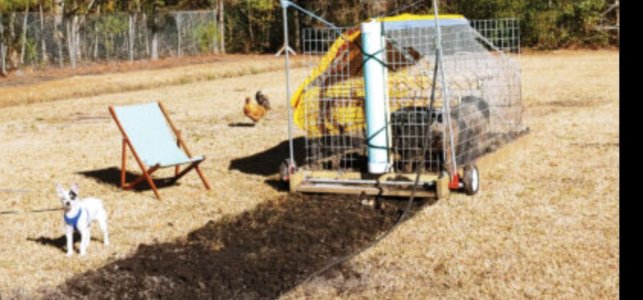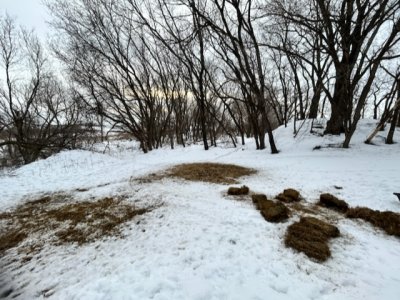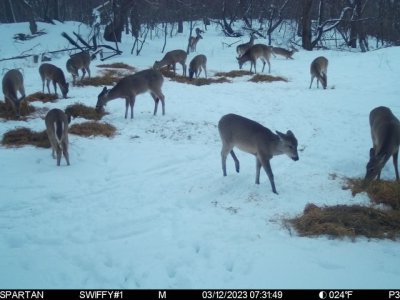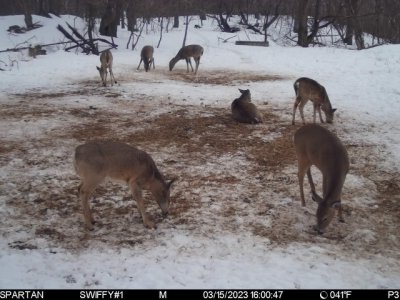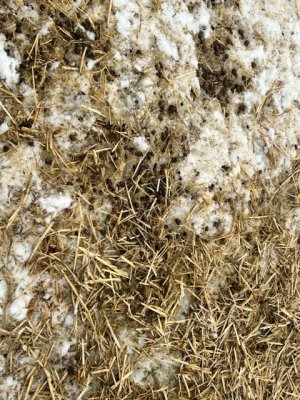potassium and phosphorus take time to get from lower soil layers. Also, regional soil issues are well known by local soil and water conservation districts, local co-op, and nearby farmers.
Soil amendment recommendations can be quite a bit higher than our low impact rotational crop rye clover brassica rotation. When soil samples advice is given by the lab, theres alot of crops to choose from. The grain and grain legume crop codes usually have advice based on desired harvest, how many tons per acre. Besides grain harvests, thry also have pasture advice.
Also, whats laying there dead has nutrients a ground soil sample will not detect.
Soybeans is a prime crop. Once nearby farms harvest corn or beans, there is a big froage gap for wildlife. Does your local AG use winter rye or wheat rotations? If they do, focusing on legumes or brassica portions might be more worthwhile. Daikon raddish can be a good surprise late season crop. Also, you can grow some desireable early bow season food in one corner, grow good rifle season forage in the far corner, and then grow some late season in the middle. Once the past season is done, put some rye and clover seed in.
Early turnips, rifle oats and rape, late season rye and daikon. Maybe crimson clover for the rifle area, and ladino everywhere because its not aggressive and takes awhile to grow.
Theres way more to a good soil sample than 3 letters...... show us a copy. if you want advice for a different crop code, they usually send you it for free if you call or email.
Also, find crops that jive with you soil issues, oats i believe is particularly low phosphorus. Wood ash s not only good for pH, it high in pottasum and has some phosphorus and trace minerals. Wood chips, rotten hay, or helping a horse or sheep person locally remove manure with a tractor are a few free or cheap ways of getting nutrients.
